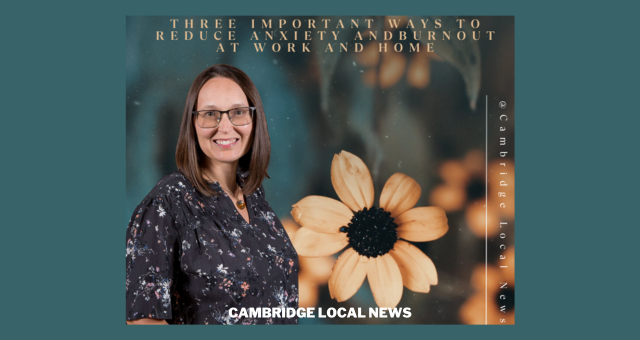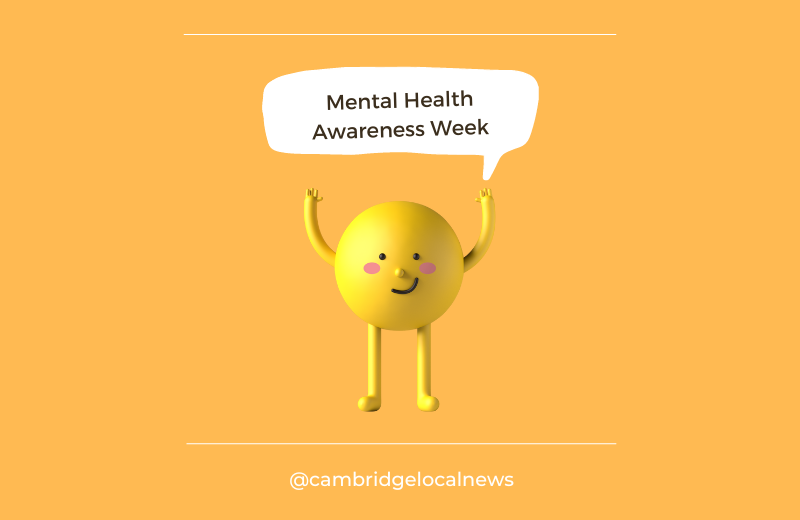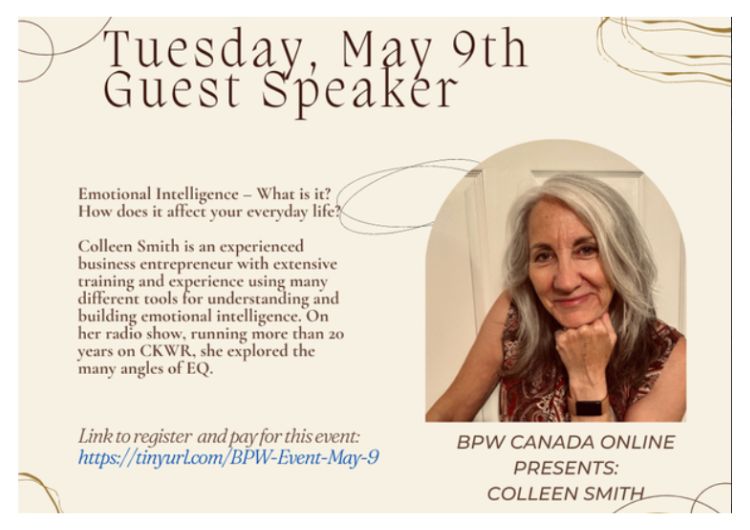June 10th was World Anxiety Day. While anxiety is designed to alert us to the possibility
of danger, it’s no wonder, an increasing number of people, including young people have
reported struggling with anxiety since the Pandemic. Even before the Pandemic though,
we were facing an epidemic of burnout.
Whether you’re a leader at home or in the workplace, how you communicate can either
escalate symptoms of anxiety and burnout or protect the mental health and wellbeing of
your staff, students, partner, children and yourself.
For this article I’ll be focusing on three important ways to offer clear communication to
reduce stress and uncertainty; two contributors to anxiety and burnout.
1) Providing Clear Expectations
“Clarity is kind.”
When I first read those words by Brene Brown, I felt an immense sense of validation.
The nervous system does not distinguish between an emotional and physical threat and
thus the more uncertainty and ambiguity, the more this can trigger anxiety.
As someone who’s struggled with generalized anxiety most of my life and some of its
byproducts- overthinking and perfectionism, I noticed my anxiety grew when I would be
assigned tasks with vague expectations and unclear deadlines. Instead of being able to
plan my time and bring all my creativity and passion to the task, I felt unfocused and
frustrated and often ended up having to rush at the end.
Managing and reducing my anxiety and perfectionism is something I’ve been working
on for most of my adult life and love supporting clients with. But I’ve come to understand
those moments when I felt lost and didn’t do my best work, it wasn’t my fault. Instead of
getting the best out of others, when expectations are unclear, we set people up to fail
and feel like failures. Having to continually ask for clarification wastes time and having
last minute deadlines dumped on people is unfair. This can be a major contributor to the
burnout you may be feeling; whether you have a history of anxiety or not.
In an era of Zoom fatigue and push back on lengthy meetings, we can turn to Brene
Brown and a passage from her book “Dare to Lead” for guidance on two helpful tools for
providing clear, concise expectations:
1) The TASC Approach:
a) T- Who owns the task?
b) A- Do they have the authority to be held accountable?
c) S-Do we agree that they are set up for success (time, resources, clarity)?
d) C-Do we have a checklist of what needs to happen, when, to accomplish the
task?
2) “Paint Done” – if you are the one assigning a task, what does “done” look like to
you, with the time and resources available? Can you describe it in a way that
ensures you get what you need?
This can be helpful, not just at work but at home too.
For example, with our children, a vague direction to clean their room, can result in
frustration on both parts and push back because children are overwhelmed or don’t
know where to start. Later they may face unfair consequences if we decide what they
have done is not up to our standards.
By first getting clear on what clean means and specific objectives such as making the
bed, putting away dirty and clean laundry and picking up toys off the floor vs. picking
everything up off the floor, dusting, sweeping, mopping and putting all toys and books in
their place which requires more time and maturity; we can help reduce anxiety and
power struggles.
As I wrote in a recent Gottman blog article about sharing the load with children, we can
celebrate the progress our children make and gradually increase responsibility. The
article includes links to age-appropriate guidelines for getting children more involved
with household tasks.
2) Clearly Expressing Needs
There can be many barriers to expressing our needs – from not feeling worthy to not
knowing what we even want or need. But not tending to your own needs can lead to
resentment and burnout.
If you are anxious about your partner or supervisor’s reaction to you expressing your
needs, the Gottman’s Softened Start Up is a great model for expressing needs without
triggering defensiveness. “Complaining without blaming” keeps the focus on what you
are feeling, why and what you need. Be specific and avoid “you” language and words
like “always or never.”
Anxiety may be signaling that what is being asked of us is too much. Rather than
rushing to get rid of it, I often encourage clients to honour this early warning signal and
write out their needs for work in the form of a proposal. There’s no guarantee that you
will get everything you ask for but it could be the starting place to having an honest
conversation about your capacity and what needs to change to protect you and others
from burnout.
If you are the recipient of someone’s request, consider how much courage it takes to be
vulnerable and admit limits or ask for support. Think about the long term and what
potential benefits there might be for the whole team or organization of listening with an
open mind and heart.
3) Clarifying Assumptions
As human beings, we are meaning makers. The stories we make up about situations
are influenced by what we’ve experienced as well as thinking traps. Two common
thinking traps that can lead to assumptions about another’s intention triggering anxiety
are personalizing and emotional reasoning. People who identify as anxiously attached
or highly sensitive may be more prone to both of these unhelpful thinking styles, by no
fault of their own.
“When in doubt, check it out.”
Combining self-compassion with practices from CBT- Cognitive Behavioural Therapy
and Polyvagal Informed Therapy, I help clients examine their stories with curiousity and
compassion, looking for the evidence for and against the assumption and what other
explanations there might be.
Stories can change depending on where we are and what nervous system state we’re in
so we work to help you better understand your nervous system and ways to self-soothe.
Do you struggle with clear communication?
It’s a skill that takes practice but it can also be blocked by internalized beliefs or past
unsafe experiences. Helping women identify and express their needs and prevent and
recover from burnout is my mission. I also love supporting organizations with trauma
informed, mental health and wellness workshops and facilitating conversations to
resolve conflict or deepen a culture of appreciation and connection. Free intro calls are
available to see if we’re a fit: https://peaceandpossibility.ca
Nicole (she/her)
Nicole Schiener, RP
Registered Psychotherapist, Certified Canadian Counsellor
Certified Compassion Fatigue Professional
Certified Gottman Educator (Bringing Baby Home)
Peace and Possibility
peaceandpossibility@rogers.com
(226) 507- 8247
https://peaceandpossibility.ca
“World Peace begins with Inner Peace.”
Located on the Haldimand Tract, land promised to the Haudenosaunee people of the Six
Nations, which includes six miles on either side of the Grand River. This territory is the
traditional territory of the Neutral, Anishnaabeg and Haudenosaunee Peoples.
@Cambridge Local News





















Add comment